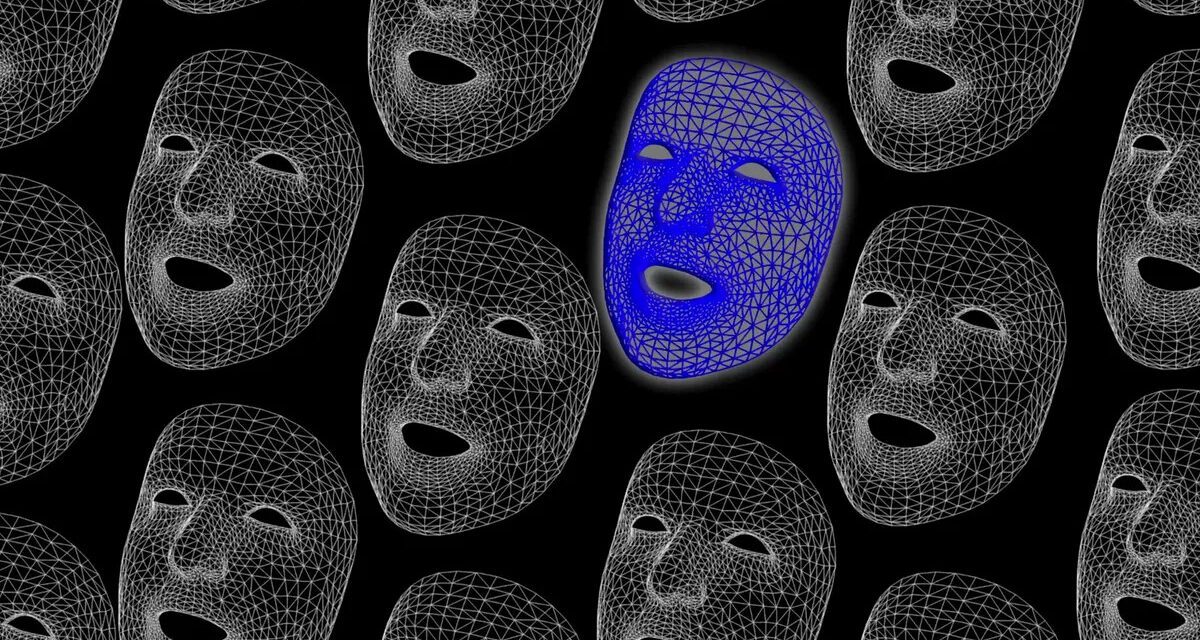Introduction to Facial Recognition Technology
Facial Recognition Technology In today’s digital age, technology is advancing at a pace that was once considered the stuff of science fiction. Among the many groundbreaking innovations, facial recognition technology stands out as a game-changer with far-reaching implications for various industries, from security and privacy to marketing and convenience. In this blog post, we will delve into the world of facial recognition technology, exploring its capabilities, applications, benefits, and the ethical concerns that come with its power.
Understanding Facial Recognition Technology
Facial recognition technology is a branch of artificial intelligence (AI) that is designed to identify and verify individuals based on their facial features. This technology leverages a combination of computer vision, machine learning, and pattern recognition to analyze and compare facial patterns with those in a database. It can be divided into two primary categories:
- Verification: This process involves matching a person’s face to a specific image or data stored in a database to confirm their identity. This is commonly used in smartphone unlock mechanisms and secure access systems.
- Identification: In this mode, technology scans a face and identifies the person, even if their identity is not known beforehand. This application is widely used in security, surveillance, and law enforcement.
Applications and Benefits
- Security and Surveillance: One of the most common applications of facial recognition is in enhancing security measures. It is used in airports, public spaces, and government facilities to identify potential threats and track individuals of interest. This technology has played a significant role in improving national security.
- User Authentication: Many modern smartphones use facial recognition as a secure method for user authentication. This technology ensures that only authorized individuals can access the device, protecting sensitive information.
- Automated Customer Service: Businesses are increasingly utilizing facial recognition to improve customer service. It can personalize the customer experience, from recognizing loyal customers to predicting their preferences.
- Public Safety: Facial recognition assists law enforcement agencies in locating missing persons, identifying criminals, and maintaining public safety. It can quickly match individuals in real-time to existing databases.
- Healthcare: In healthcare, facial recognition technology can be used for patient identification and access control to ensure patient confidentiality and reduce errors.
Ethical and Privacy Concerns
While facial recognition technology offers numerous benefits, it has also raised significant ethical and privacy concerns:
- Privacy Invasion: There are concerns about constant surveillance and the potential misuse of personal data. The unauthorized collection and sharing of facial data could infringe on an individual’s privacy.
- Bias and Accuracy: Facial recognition technology is not perfect and can exhibit biases, particularly with respect to gender and race. This can lead to incorrect identifications and unjust consequences.
- Security Risks: Storing facial data in centralized databases can make it vulnerable to cyberattacks. The theft of this data could result in identity theft and other forms of fraud.
- Lack of Regulation: The rapid adoption of facial recognition has outpaced the development of comprehensive regulations. This has created a legal and ethical vacuum around its use.
Conclusion
Facial technology is undoubtedly a game-changer in the digital age, offering a myriad of applications that span various industries. However, its power comes with significant responsibilities and challenges. Striking a balance between the benefits and the ethical concerns is essential to harness this technology’s potential while safeguarding individual privacy and civil liberties. As the technology continues to evolve, it is crucial that society addresses these concerns through thoughtful regulation and responsible usage to ensure a secure and ethical digital age.





